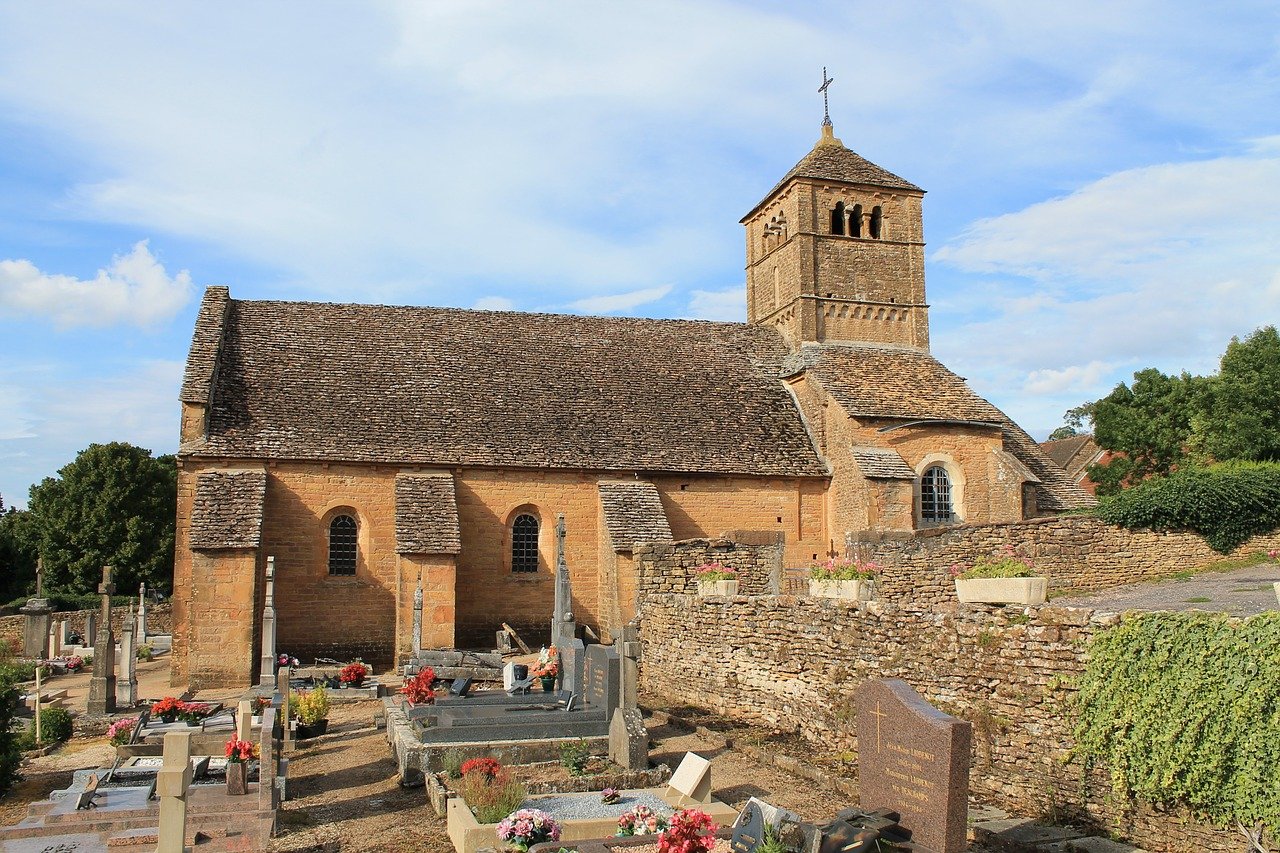
Taizé is an ecumenical movement founded in 1952 by Swiss-born Roger Schütz-Marsauche to recover the fruits of monasticism for Protestants and to promote unity among Christians. Does it have the blessing of the Roman Catholic Church? Most surely, and then some. Taizé’s most recent annual meeting, held virtually, received messages of support from Pope Francis, the Ecumenical Patriarch Bartholomew, and the Patriarchate of Moscow. In addition, the Archbishop of Canterbury, representatives of the leadership of the World Council of Churches, the World Lutheran Federation, and other communions reaffirmed their support.
Why does Taizé enjoy such universal approval? The integrity of its founder certainly plays a large role. Brother Roger, as he was known, was the son of a Protestant minister and Huguenot mother. As a Presbyterian, Roger studied theology until contracting tuberculosis. During his convalescence, he became fascinated by monastic life. Yet his conscience was burdened by the horrors of war. In 1940, along with his sister Genevieve, he bought a property in Taizé, France, to shelter Jews and Christians persecuted by the Nazis. When the Gestapo learned of their efforts, they moved to Geneva. There, Roger joined an ecumenical community and became committed to the path of reconciliation.
After the war, Roger returned to Taizé to establish a quasi-monastic community open to all Christians. The Church of the Reconciliation, with its simple music and un-dogmatic ritual, attracted thousands of pilgrims weekly—and still does. Brother Roger urged young people to trust in God, remain connected to their local churches and to the common good of humanity. Taizé gatherings can be found in Africa, North and South America, Asia, and across Europe.
Brother Roger’s relationship to Catholicism is the source of much interest. A friend of Mother Teresa, he was known to attend daily Mass since 1972, receiving Eucharist from bishops and even two popes: John Paul II and Benedict XVI. It was rumored he’d become a Catholic, but in 1980 Brother Roger clarified: “I have found my own identity as a Christian by reconciling within myself the faith of my origins with the mystery of the Catholic faith, without breaking fellowship with anyone.” In 2005 at the age of 90, Brother Roger was murdered by a mentally ill woman during a Taizé service. A Catholic cardinal presided at his funeral.
Scripture: John 17:20-26; 1 Corinthians 12:12-31; Ephesians 4:1-6, 15-16
Website: https://www.taize.fr/en
Books: Brother Roger of Taizé: Essential Writings (Orbis Books,2006)
A Community Called Taizé: A Story of Prayer, Worship, and Reconciliation, by Jason Brian Santos (Inter-Varsity Press, 2008)




